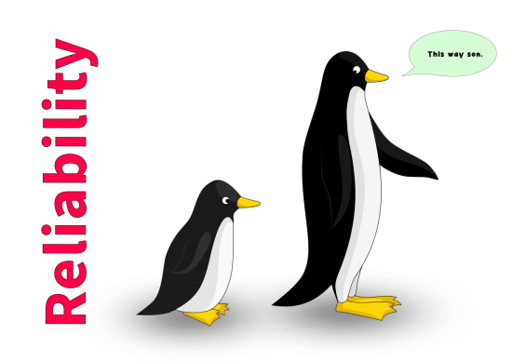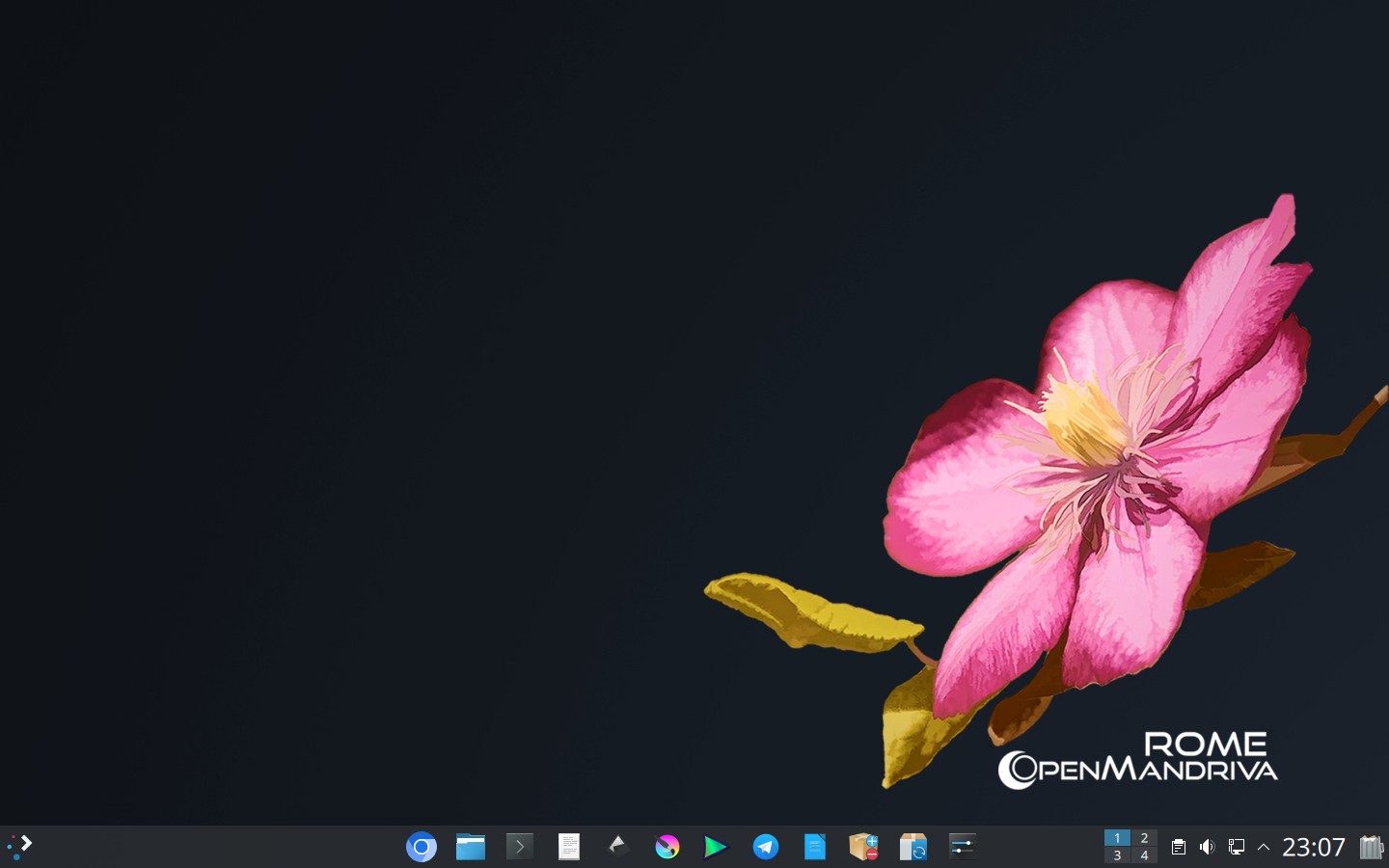- 14 Posts
- 168 Comments
I landed on Claws Mail myself. It does look a bit dated, but the UI is functional and the client works. I’m content with it.

 3·4 months ago
3·4 months agoWith low specs like that, the experience will never be great, but with a very light desktop you can make it work. Debian is fine, but with some set up, Alpine could be one option. It’s a really light distro.
Turns out this is also available in Alpine repositories, so I went ahead and installed it on my phone. Could come in handy when browsing from public Wi-Fi or such. Thanks for the tip.
KDE Plasma. It makes sense to me and everything functions more or less how I prefer it to. If I need something, it’s usually easy enough to find. Plasma being flexible is a plus, but I rarely need to do any modifications.
I loathe GNOME. Any time I use it it’s like pulling teeth. On a touch surface I can maybe get it, but on desktop I honestly think it has some serious usability problems cooked in. And since GNOME extensions can break at any time, trying to “fix” GNOME is a losing battle. If I had to use GNOME, I’d install GNOME Classic which is ok. Or better yet, use XFCE or MATE. GNOME is highly opinionated and that’s fair enough, they can do their thing and people seem to like what they offer, but boy is it not for me.
Are you on Wayland? Because I don’t think that’s possible yet.
Looks great! Where can I download this theme?
The interface is a bit bare bones and 90’s but I like it that way. It’s a good and reliable client.
Can’t help you there, I buy CDs and lossless copies from Bandcamp and Qobuz. Those work for me.
I’m sorry, but that’s private.
“Install Gentoo” is a meme, not life advice. With Gentoo, the installation process gives you good insight in to the internals of Linux systems and compiling (almost) everything from source is interesting, but won’t produce noticeable benefits for average users. Especially since updates take some time, what with compiling the programs again. Gentoo is a great distro with a fantastic package manager, but unless you’re an enthusiast or a serious hobbyist, Don’t Install Gentoo.
[Richard Stallman] usually does not browse the web directly from his personal computer. Instead, he uses GNU Womb’s grab-url-from-mail utility, an email-based proxy which downloads the webpage content and then emails it to the user.
If you’re not doing this you’re not properly paranoid.
Aw yeah, I also love browsing the internet on meth!

 1·11 months ago
1·11 months agodeleted by creator

 0·11 months ago
0·11 months agoThis is one of the oldest and most effective tricks in politics. Every hack in the business has used it in times of trouble, and it has even been elevated to the level of political mythology in a story about one of Lyndon Johnson’s early campaigns in Texas.
The race was close and Johnson was getting worried. Finally he told his campaign manager to start a massive rumour campaign about his opponent’s life-long habit of enjoying carnal knowledge of his barnyard sows.
“Christ, we can’t get away with calling him a pig-f****r,” the campaign manager protested. “Nobody’s going to believe a thing like that.”
“I know,” Johnson replied. “But let’s make the sonofab****h deny it.”
Hunter S. Thompson, 1972. Politics never changes.
Mandriva was a Linux distribution that went out of business years ago. OpenMandriva is one of the projects that rose from its ashes with some of the same personnel and code base. It is an independent (not a fork) and community run distribution that, I think, does quite a lot with very limited resources.

 0·11 months ago
0·11 months agoI haven’t been able to solve CAPTHCAs in years.
Corporate backing is a two-edged sword, unfortunately.
I refuse to accept that there is nothing we can do about it.
I don’t think you quite understand just how stupendous the amount of data Google processes from YouTube alone is. There is basically no way for hobbyists to provide an equivalent service. Very few companies have those kinds of resources. If you want, you can of course try running a PeerTube instance, but you rather quickly run in to problems with scaling.
I find it almost miraculous YouTube exists to begin with. It is no accident Google has very few competitors on that front, and I don’t think YouTube is even profitable for them. Without Google’s deep pockets and interest in monopolizing the market, YouTube would have withered a long time ago.
Trust me, I want a solution too. But 500 hours of content are uploaded to YouTube every minute. All of that is processed, re-encoded, and saved with multiple bitrates. You can’t compete with that. YouTube might eventually keel over from Enshittification and its own impossibility, but replacing it with anything meaningful will be a challenge.
I had Windows 8.1 but as the end of its maintenance was approaching I saw the writing on the wall with Windows 10 and especially 11 and I wanted no part of that. When 8.1 was put to pasture I returned to Linux and I have been content ever since. Seeing where Microsoft is taking Windows I’m more and more convinced that Stallman Was Right. I control my software, not the other way around.














The thing is, people by and large don’t want to be convinced. They want their convenience and ease of use, they don’t want to learn a whole new paradigm, least of all one that requires constant vigilance and understanding of the risks. I can’t blame them, they have a lot on their mind, and their existing skill set might not be relevant to privacy issues. People in general resist change and effort. I do. You do too.
It’s less about you, and more about them. People will only start taking steps when it all clicks for them. What the catalyst will be is impossible to tell, since people are wired differently. All we can do is talk about privacy and advocate for it with people who are willing to have the discussions. Don’t expect to go in and change people’s minds. It’s horribly difficult and you will be disappointed. Instead, think of it as giving people perspectives and starting points for their own journeys. If something happens and they are finally willing to start doing the work, they will at least have some context and words, labels to use. They may even come to you for more. They may not.